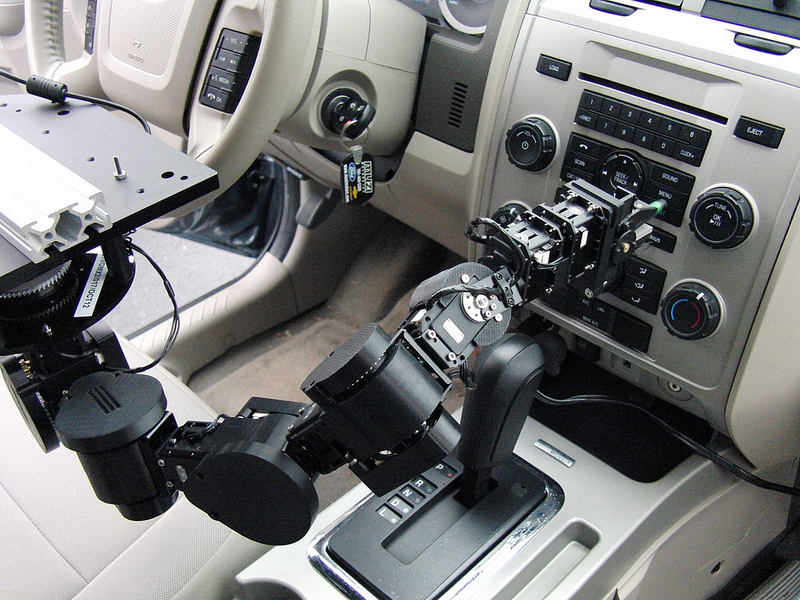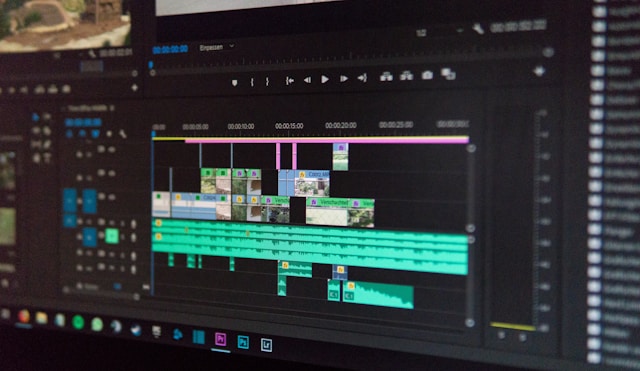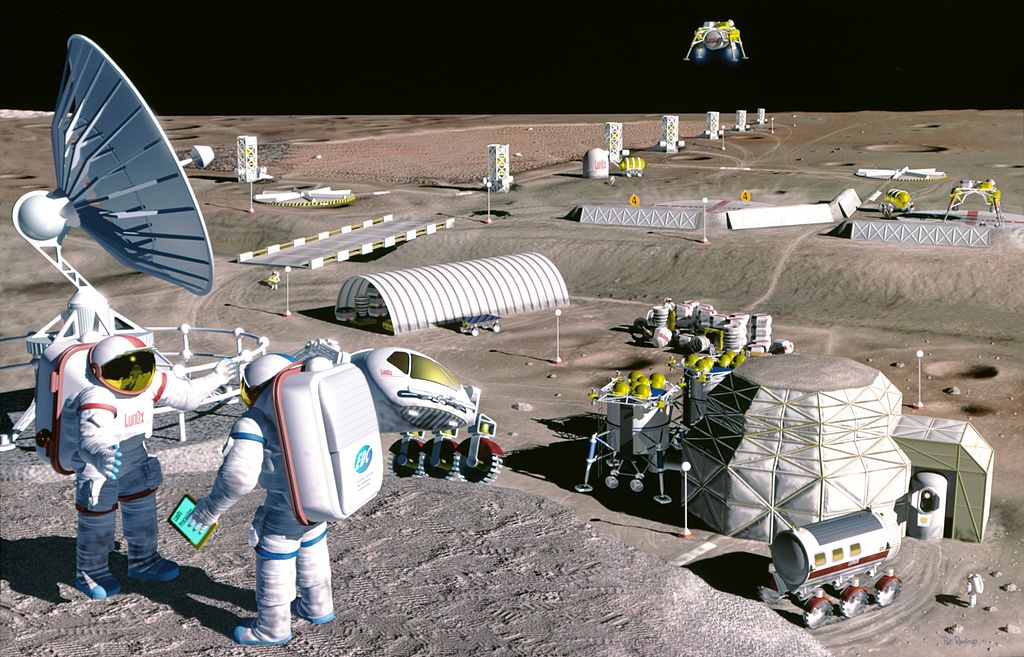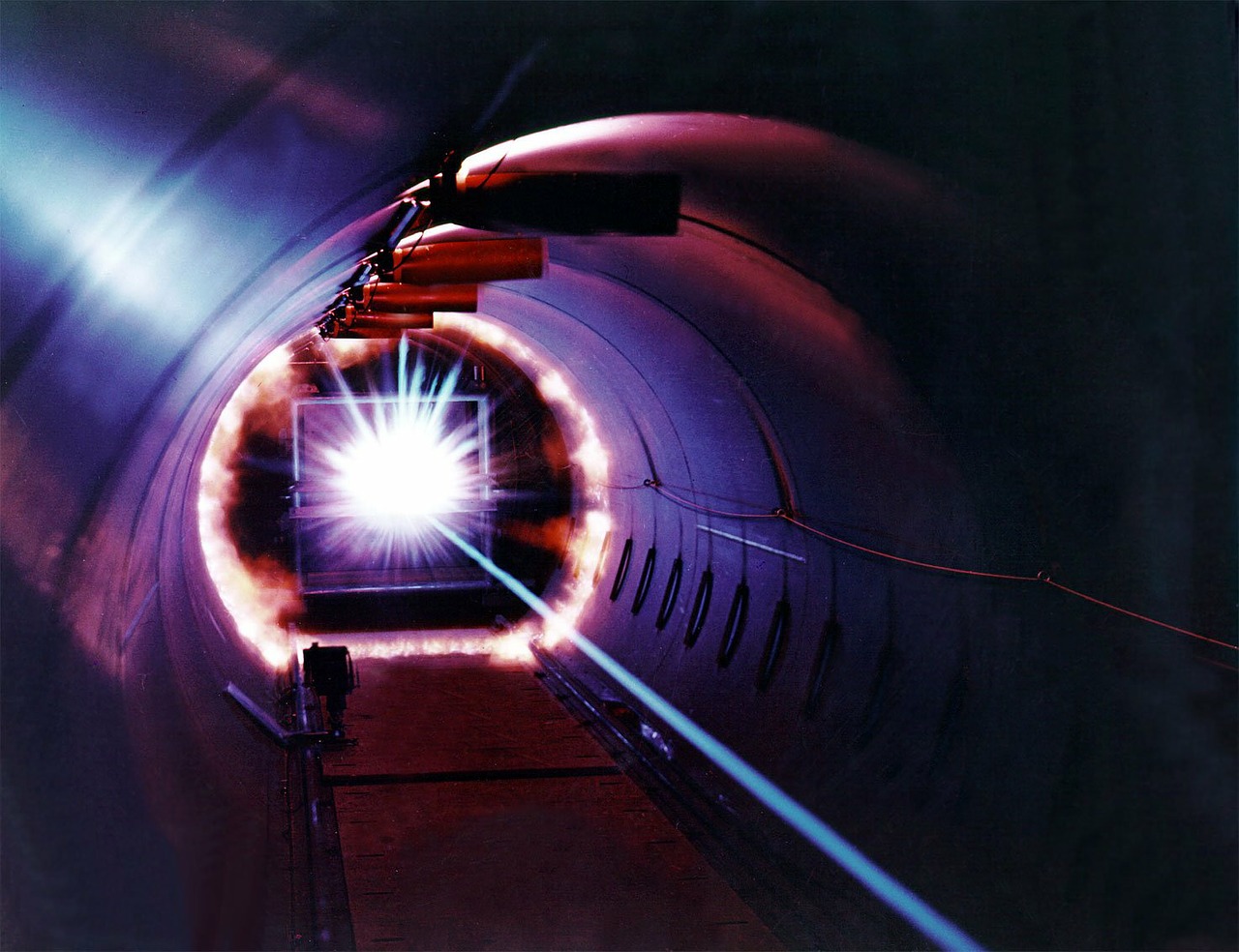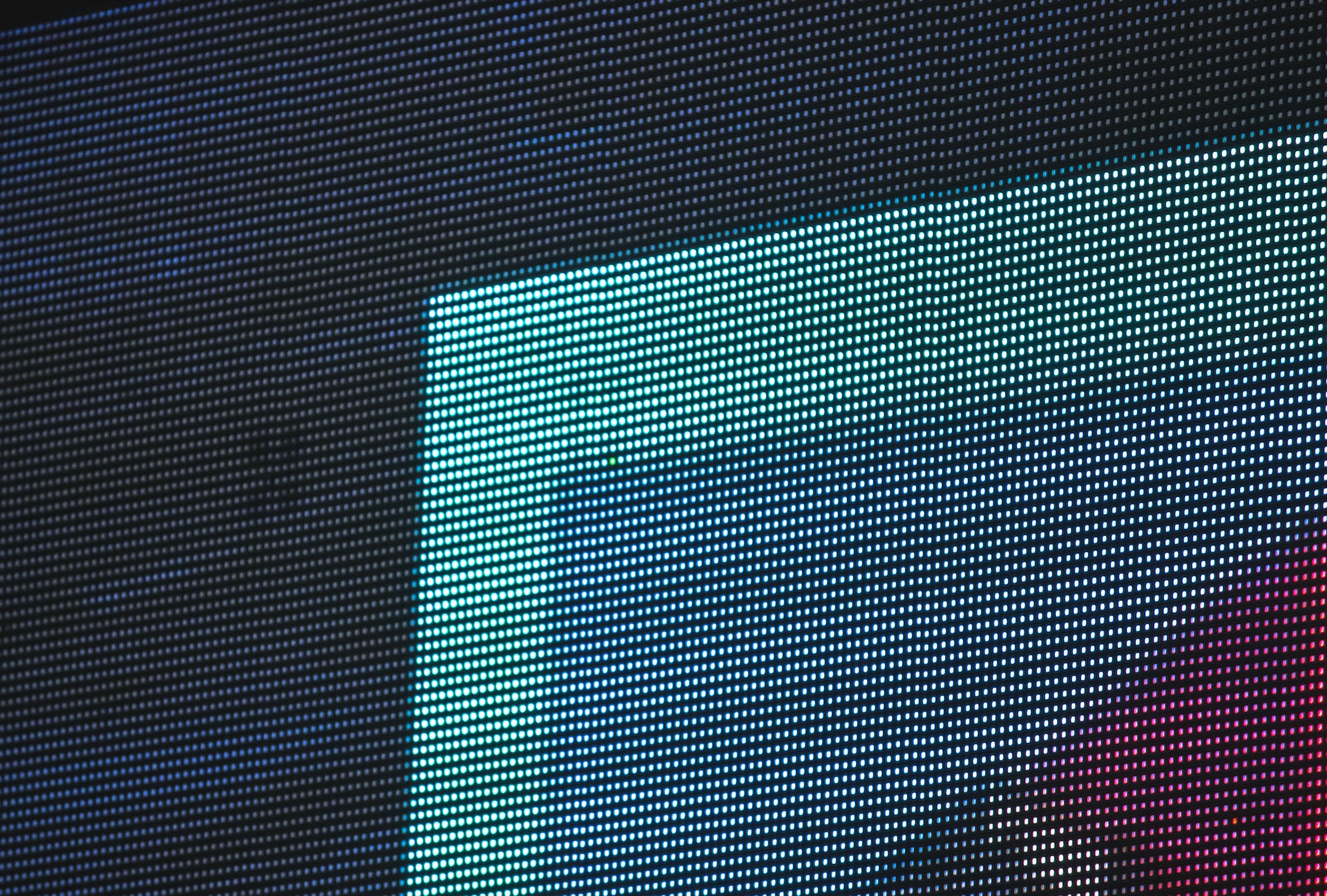DARPA’s Phoenix robotic satellite recovery and redeployment program, that will attempt to “mine” 1,600 dead satellites currently in orbit around the earth, recently went looking for software to run its robotic satellite that will save the US billions of dollars in satellite replacement and launch expenses. At the same time, a company called Robotic Drilling Systems a NASA contractor, is developing a fully automated robotic drilling rig that will position itself using satellite coordinates, erect 14-story steel reinforcements on its own and drill wells. Both projects turned to Energid Technologies (pronounced “Enger jid”) of Cambridge, Massachusetts to supply software to help make these visions a reality.
James English, President and Chief Technical Officer and co-founder of Energid, recently spent an hour talking with IndustryTap about his company and the robotics industry. According to English, “much of the technology currently used in robots has been around for years: sensors, actuators and controllers. What is new is significant advancements in software that are allowing robots to do more than ever before.” Energid and its subsidiary Robai tackle cutting-edge robotics projects via their flagship patented software, Actin, which is a global leader in choreographing the most complex robotic movements yet possible.
Software Is The Key To Making Robots Better
“New robots are software intensive” says English, and the availability of better and better software drives down the cost of robots because software can be reused with little or no incremental cost. Hardware has to be remade for each robot. As a key part of next-generation robotic systems, software is used for design validation. Complex robots must use sliding joints, rotating joints and other mechanisms to have the ability to reach around things and have dexterity comparable to humans if they are to meet the needs of tasks they are to undertake. Energid’s software integrates with CAD software and is used for “reach studies” and for dynamic simulation to determine if motors are properly sized for the payloads they are designed to carry.
Founding of Energid & Work for NASA
English earned a PhD in robotics at Purdue University and went to work for Raytheon Missile Systems where he began building missiles or “robots on a one-way mission,” with sensors, actuators and controllers. His next stop was Mach Technologies where he worked to provide the military with simulations of tanks, helicopters and other battlefield entities.
In 2001, English co-founded Energid and initiated the company’s first NASA contract for Johnson Space Center, which amongst NASA’s various centers, focuses on humans in space. Energid was asked to develop software to control and simulate robots that could work with humans. One of the projects they worked on was the Robonaut, a complex humanoid robot with more than 40 axes of movement.
Energid’s task was to focus on a robotic control system that would be capable of working with the many different types of NASA robots, including Robonaut. Energid developed software for control that calculated how joints should move to avoid collisions and avoid joint limits, all while improving dexterity and strength. This software launched Energid as a business and provided the foundation for the software capability, services and hardware it provides today.
The employee-owned company has grown to have regional presences in Dallas, Chicago, San Diego, Tucson, Seattle, Pittsburgh, and New York and an international office in Cochin, India, which concentrates on educational applications.
Related articles on IndustryTap:
- Company Behind Helper Robot Baxter, Rethink Robotics, Secures $26.6M In New Funding
- Space-Based Solar Panels Require Advanced Telerobotics
- KUKA Robotics Introduces Cold-Weather Palletizing Robot Series
References and related content:

